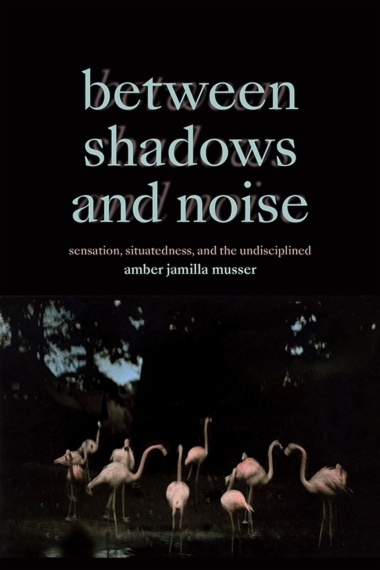In Between Shadows and Noise Amber Jamilla Musser theorizes sensation as a Black feminist method for aesthetic interpretation and criticism that uses the knowledges held by the body to access the unrepresentable. Thinking through Blackness, empire, and colonialism, Musser examines artworks ranging from Ming Smith’s Flamingo Fandango, Jordan Peele’s Us, and Katherine Dunham’s Shango to Samita Sinha’s This ember state, Titus Kaphar’s A Pillow for Fragile Fictions, and Teresita Fernández’s Puerto Rico (Burned) 6. She engages with these works from an embodied situatedness to grapple with the questions and sensations of racialization and difference that the works produce. Throughout, Musser rethinks how we consider the relationships between race, representation, and politics by dwelling in those spaces and concepts that elude Western norms of representation, objectivity, and logic. In so doing, she explores ways of being and knowing that exceed overdetermined parameters while offering a blueprint for sensing, imagining, and living otherwise.
- Cover
- Contents
- Acknowledgments
- Introduction: Body Work
- Chapter One: Us, the Uncanny, and the Threat of Black Femininity
- Chapter Two: Inside Out: Shango and Spectacles of the Spirit
- Chapter Three: Noise and the Body-Place: This Ember State and the Critical Encounter
- Chapter Four: On the Brink: Approximation, Difference, and Ongoing Storms
- Chapter Five: Tamarind, Metabolism, and Rest: Making Racialized Labor Visible
- Conclusion: Inflammation. Notes from the Front
- Notes
- Bibliography
- Index
- A
- B
- C
- D
- E
- F
- G
- H
- I
- J
- K
- L
- M
- N
- O
- P
- Q
- R
- S
- T
- U
- V
- W
- Y
- Z

